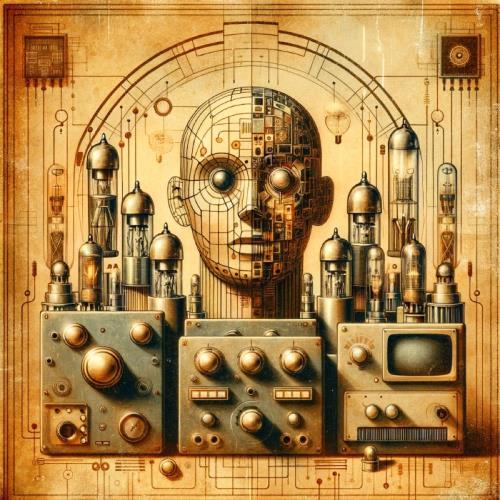
Several stories caught my eye recently, reminding me how brittle a conversational AI deployment can be. The headline grabber was McDonald's decision to end, for now, its AI ordering system at some of its drive-thrus after customer complaints went viral on social media. The fast-food giant partnered with IBM for a test run of its Automated Order Taker at more than 100 restaurants. The system will be shut off no later than July 26, according to a memo sent to franchisees late last week, CNBC reported.
More
Posted by Noelle Russell on 07/03/20240 comments

The recent Microsoft Build conference brought me once again to Seattle where I have spent much of my career. Build is one of my favorite developer conferences because it brings together dreamers who are builders. Over the last year Microsoft has continued to release some incredible tools to help bring AI application builders’ dreams to life. I've had the chance to take the stage at several Build conferences, but this year was different from my usual experience, because I wasn’t locked into a predetermined demo in an executive keynote. This time I was able to define my own session and share my passion and projects with the audience.
More
Posted by Noelle Russell on 06/12/20240 comments

This week I had the opportunity to join the leaders and practitioners implementing AI projects with scaled agile in government organizations. There was quite a bit of buzz around the topic of AI, especially with some of the new federal guidance that had been released. The federal government released a memo that will help federal agencies advance the efforts around governance, innovation, and risk management when it comes to AI. Here are three main points that echo what I have been working on with companies in the private sector.
More
Posted by Noelle Russell on 05/20/20240 comments

This week, Stanford University's Institute for Human-Centered Artificial Intelligence (HAI) released the highly anticipated seventh edition of its annual report on AI trends ("Artificial Intelligence Index Report 2024"). The index tracks, collates, distills, and visualizes data related to AI, and it helps to make the rapidly evolving world of AI more generally accessible.
More
Posted by Noelle Russell on 04/16/20240 comments

This past week I had the opportunity to witness the progression of AI excitement across three separate and distinct pathways.
First, in my time with the executives at the ACHE 2024 Congress on Healthcare Leadership in Chicago, I delivered one of the opening keynotes and shared some of the exciting advancements that are making the lives of healthcare practitioners better and more efficient. As many of these healthcare companies are beginning to experiment with AI solutions, I reminded them that going from the playground to production would not only require new technology, but also a new mindset. During the Q&A I got two great questions, and I wanted to share my answers with you:
More
Posted by Noelle Russell on 04/02/20240 comments

This week I'm attending the Microsoft Global MVP Summit. The event provides MVP awardees with an annual opportunity to connect with each other and with Microsoft Product Leadership to talk about the future of technology and developer experience at the company.
More
Posted by Noelle Russell on 03/14/20240 comments

This week I'm presenting at the International Builders' Show, the largest annual light construction conference in the world. NAHB, the organizer, expects to attract nearly 70,000 visitors from more than 100 countries to Las Vegas for this event. I'm appearing on the Game Changers track, and I'll be talking about how artificial intelligence is quickly becoming a game-changing technology in home building. Chances are many of the conference attendees are already feeling the influence of AI, but I'm going to be presenting use cases that underscore the innovative ways AI will be changing the world of home building. I'd like to share three examples here:
More
Posted by Noelle Russell on 03/01/20240 comments